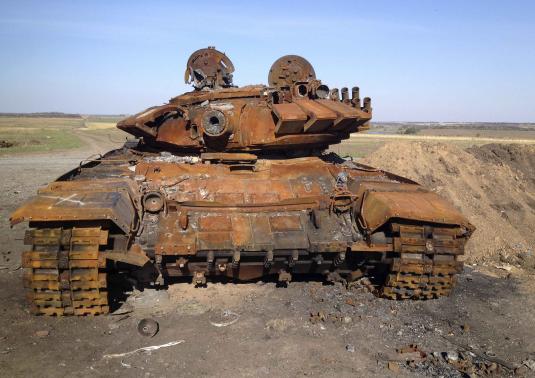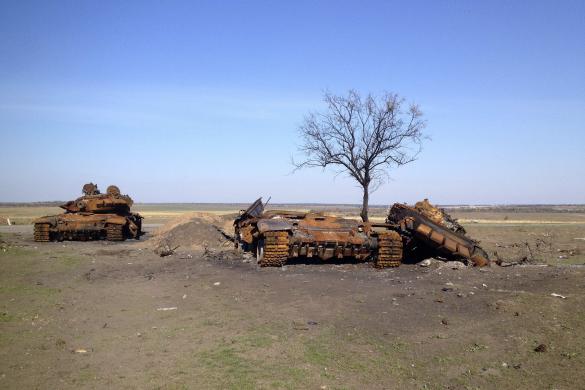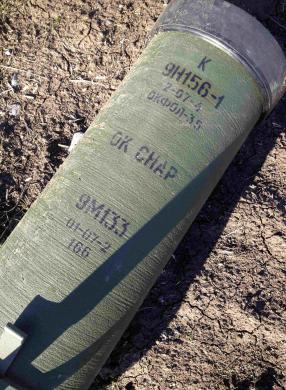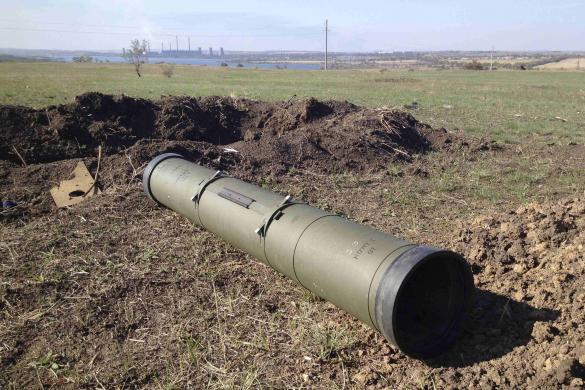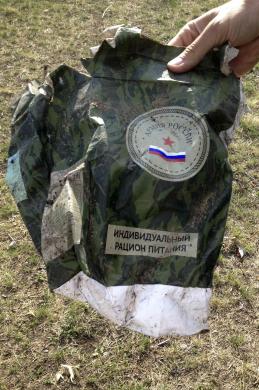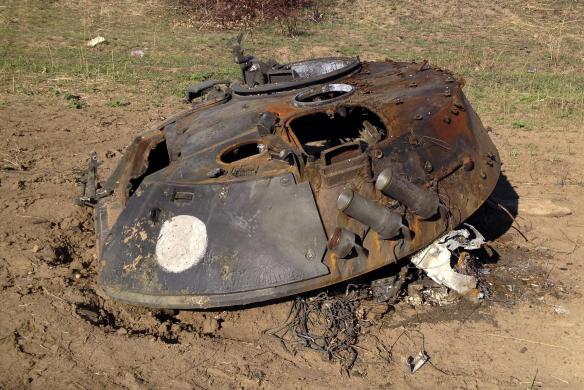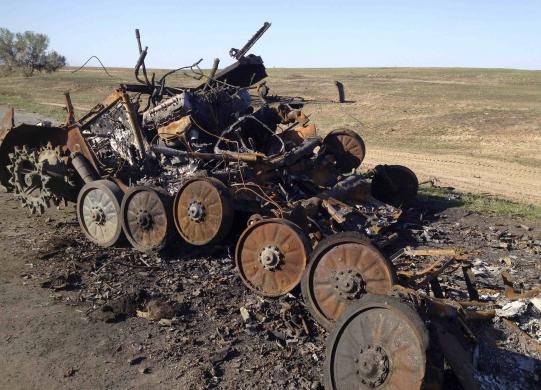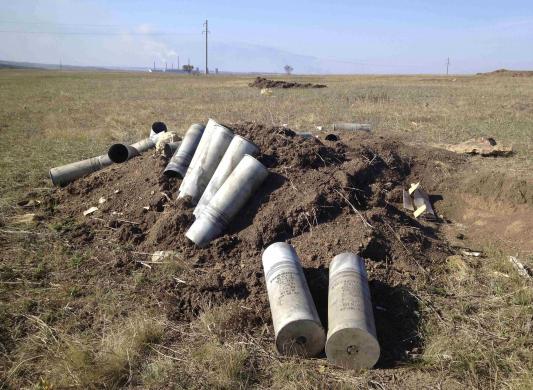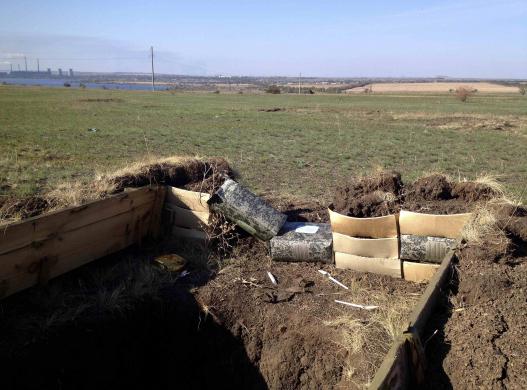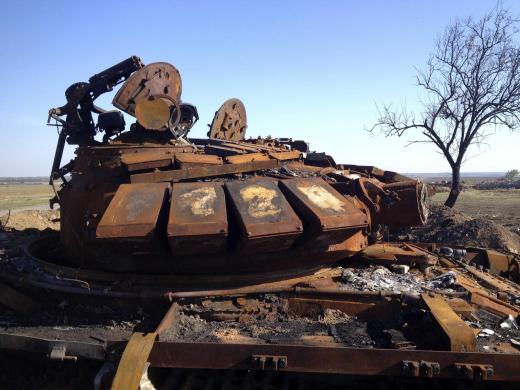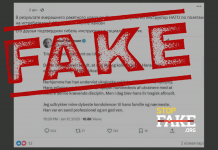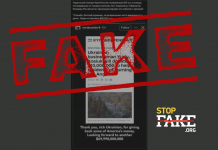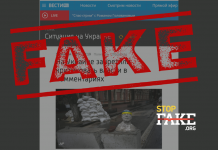Russian President Vladimir Putin has repeatedly stated that the Russian soldiers fighting in Ukraine are volunteers, the Russian paratroopers in eastern Ukraine simply got “lost”, but Russia does not help the so-called militias in the Donbas by any professional military people or military equipment.
Reuters journalists gathered evidence – photos and eyewitnesses – that prove the situation is otherwise.
Reuters found the blackened carcasses of what military experts have since identified as two Russian army tanks, supporting statements by Kiev and the West that the rebels were backed by troops and equipment sent by Moscow.
Reuters showed photographs of the two badly damaged tanks, one of which had lost its turret, to four independent military experts, who said they were of a type used exclusively by the Russian army.
At least one, they agreed, was a T-72BM – a Russian-made modification of a well known Soviet tank. This version of the tank, they said, is not known to have been exported.
“It is operated by the Russian Army in large numbers, but crucially it is not known to have been exported or operated outside of Russia,” Joseph Dempsey, a military analyst for the London-based International Institute for Strategic Studies, wrote in late August when a tank like that was discovered on grainy footage of rebel convoy.
Such remarks clearly undermine Russian denials of direct involvement in the conflict in Ukraine to ensure Moscow maintains some influence and make governing Ukraine difficult as Kiev charts a Westward political and economic course.
The military experts shown photographs of the two tanks said the second was either the same as the first, a T-72BM, or a slightly different model, a T-72B1.
More conclusive recognition is difficult because of the extent of the damage.
The Soviet-made T-72B1, Dempsey said, is not believed to be in active service in Ukraine, making it almost impossible that the separatists captured it in battle.
Ukraine’s Security Council, which groups the country’s top political, defense and security chiefs, said in June the separatists were using T-72 tanks that could not have been captured from the Ukrainian army.
Neither the rebels nor the Ukrainian forces have white circles as their permanent recognized emblem. But another local resident, who gave her name only as Nina for fear of retribution, said she had been told the meaning of the white circles in conversations with passing soldiers who identified themselves as Russian.
“One of them told me: white circles mean this is Russians,” she said. “He came to the last house for some water to drink and I asked how you can tell the difference between a Ukrainian or Russian. He said that if it’s us, there are white circles on the tanks.”
The two damaged tanks were too badly burned to have any recognizable insignia but a destroyed Soviet-made BMP-2 armored personnel carrier a few hundred meters away also bore a white circle on its broken turret.
Reuters showed three military experts photographs of the missile parts and two of them said Ukraine does not have anti-tank guided missiles of this type.
“The presence of the Kornet ATGM is noteworthy and while it has been exported widely by Russia this list does not include Ukraine. As such, it further supports Russian involvement,” the International Institute for Strategic Studies told Reuters.
Trenches near the tanks also provided what appeared to be more evidence of foreign troops – numerous empty boxes of ready-to-eat meals that are used by the Russian army. Each box contains meals for one day.
A Reuters reporter counted 124 packages of field rations with “not for sale” labels and notes that they were produced for the Russian Defense Ministry.
A spokeswoman for Voentorg, the company in Russia that produces such meals for the Russian Defense Ministry, confirmed they cannot be sold.
By Maria Tsvetkova and Aleksandar Vasovic (additional reporting by Peter Apps in Washington and Christian Lowe in Warsaw; Editing by Timothy Heritage and Giles Elgood).
The full version of the Reuters’ article.
